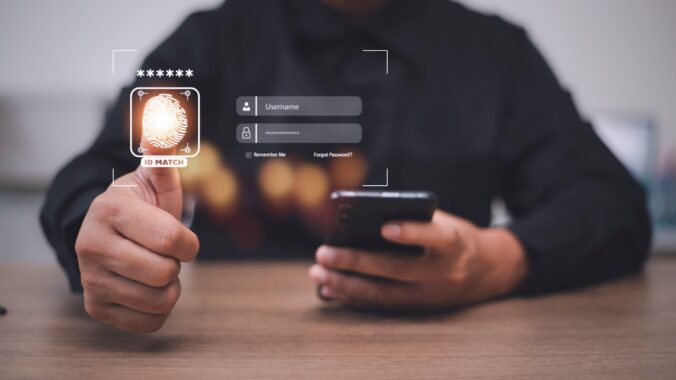Have you ever been asked to take a selfie when signing up to a new bank? This is known as identity verification. From opening a new bank account, to applying for a new driver’s license, it’s becoming a common way of authenticating someone when they sign up to a new service.
So how does it work?
Identity verification is an authentication process that checks if someone is who they say they are. There are many different ways you could be asked to verify your identity, from scanning your passport to snapping a quick selfie. This will depend on the service you’re signing up for.
For example, when you open a new account on Airbnb, you may be asked to submit a photo of your ID. This can include a passport, driver’s license or identity card. Once scanned, the service analyses the alphanumeric data and other unique information displayed in the document, in order to check that it matches the details associated with the new account.
Other services like Monzo could ask you to take a selfie or a short video to confirm your identity. This works by analysing your face’s geometry, and matching the video to the ID document you’ve provided to confirm that it belongs to you.
How do I know if my data is secure?
While your personal information will largely be used to verify your identity, it can still be used for other purposes, like developing and managing products and services, or to detect fraud.
Most services that collect your data have a series of policies in place to keep your data secure. For example, Lloyds Bank have a privacy notice that protects your personal data from being shared unless it is absolutely necessary – when it is in the interest of public safety. Services like Monzo have also confirmed that the videos are solely taken to verify new accounts, and are only seen by a restricted number of employees.
As well as having a strict privacy policy in place, services like Airbnb also encrypt your data using an encryption tool called Secure Sockets Layer (SSL). This converts your information into a series of complex numbers, meaning that even your data is shared, it cannot be read by hackers or the general public.
How do Digital IDs play a role?
Digital identities are fast becoming a secure, and convenient way to verify your identity. Similarly to how your passport gives physical proof of who you are, a digital identity is a digital representation of your key credentials that helps to authenticate that you are who you claim to be. This digital identity can be used online or in person in order to help authenticate you during interactions and transactions. It is great for improving convenience in everyday life as you don’t have to carry around or send off precious documents in order to be granted access to a service like updating your driver’s license information.
So how does this work in reality?
When you set up a digital identity, you’re combining a set of digital credentials together that are then examined by a service or application that approves or denies your authorization to conduct the request.
The credentials needed to create your digital identity come from physical and already verified documents like your driver’s licence and passport. These credentials are then encrypted through a process called tokenization to secure the sensitive data.
Tokenization replaces personalised information with randomly generated numbers meaning any sensitive data becomes useless should an attacker somehow get hold of it. The encrypted credentials are then used to securely verify a digital identity.
If you need to make an age sensitive purchase, the approver only needs to see your picture and your date of birth from your ID document. With a digital ID this can be confirmed in seconds without transmitting other personal information like your place of birth. How? Well, the system simply confirms that you are over the threshold required to make the purchase. This helps maintain your privacy while allowing you to access the same services.
How do you create your own digital identity?
The process to create your digital identity will be determined by which country or state you live in. However, the creation process for a trusted digital ID generally includes the following 3 steps:
- Attributes are captured from ID documents or biometric data
- The authenticity of these documents and the identity of the person is verified by a government or official institution to confirm the physical document is legitimate and not a fake
- A trusted third-party checks all the necessary information has been collected and finally digitises the ID. This can then be sent to the customer in a digital format, such as a being stored in digital wallet.
Having a digital identity that you can use easily and universally will be vital as the digital age progresses. What form of digital identity would you like to use? Let us know in the comments section.



